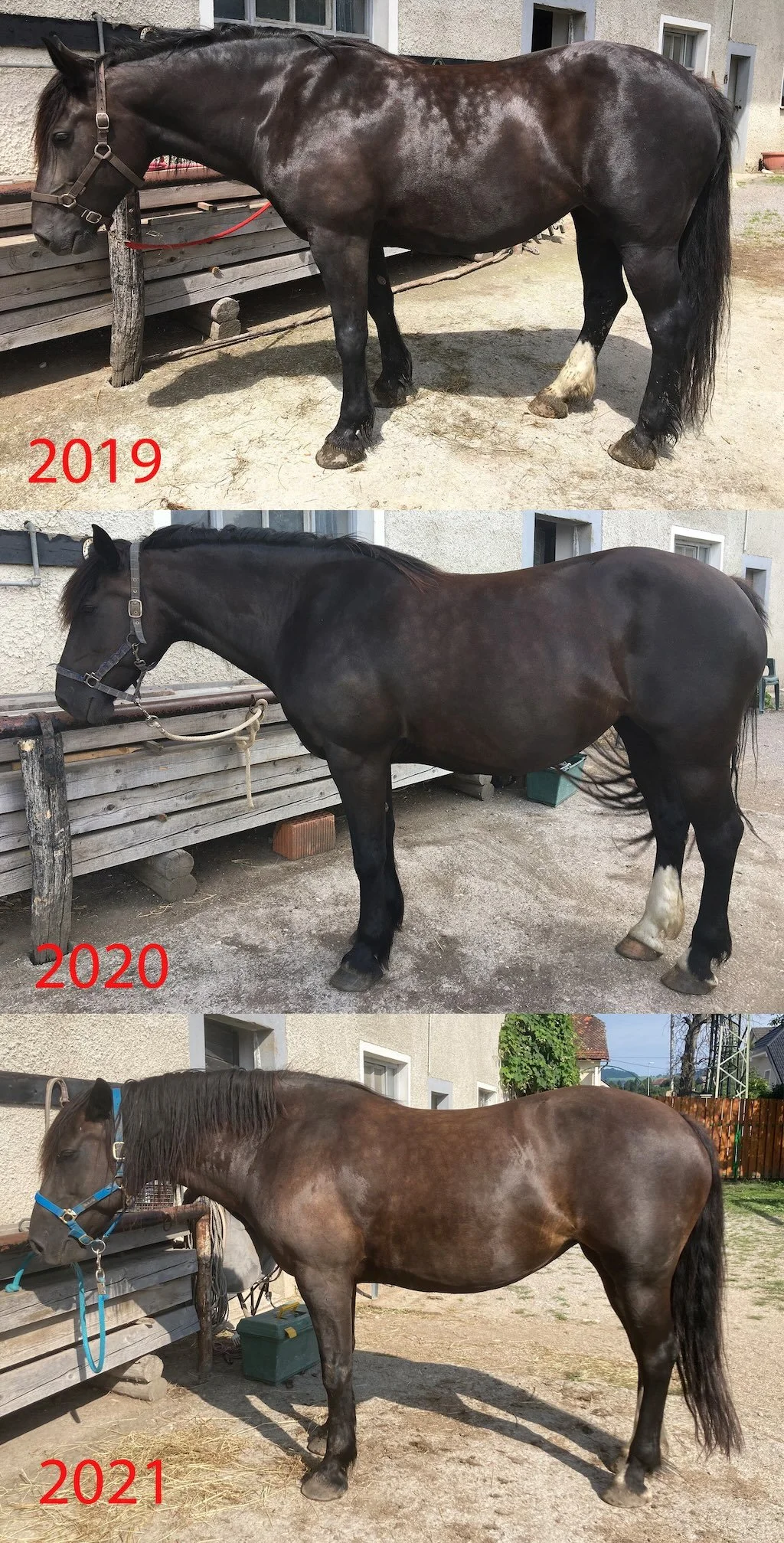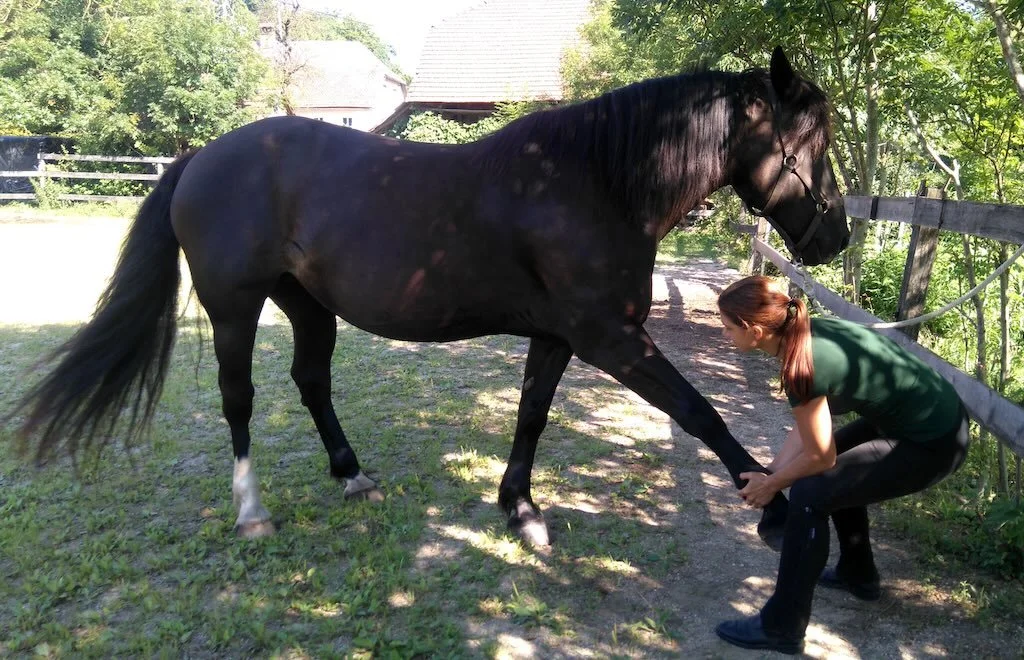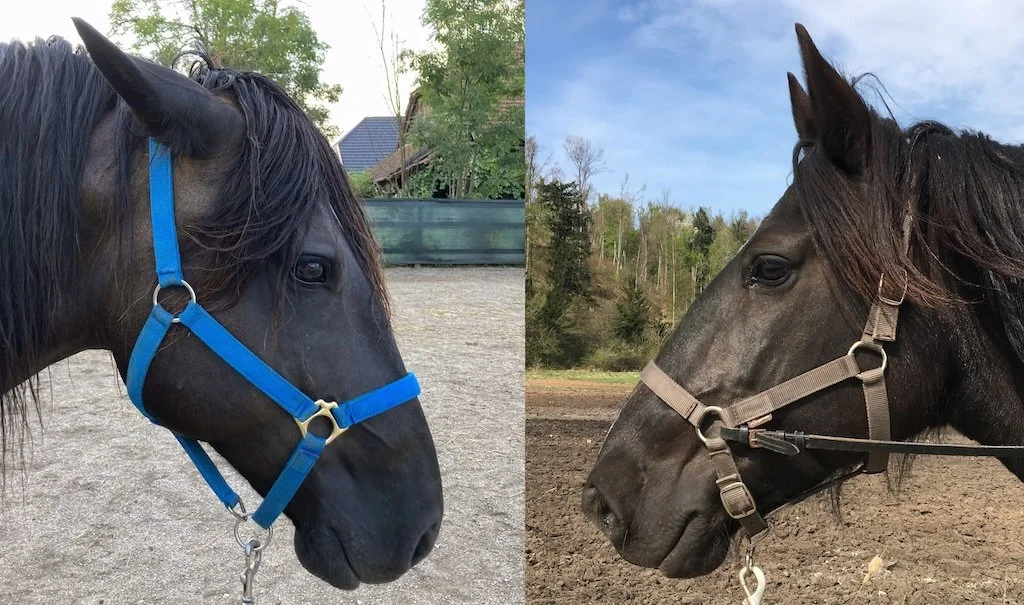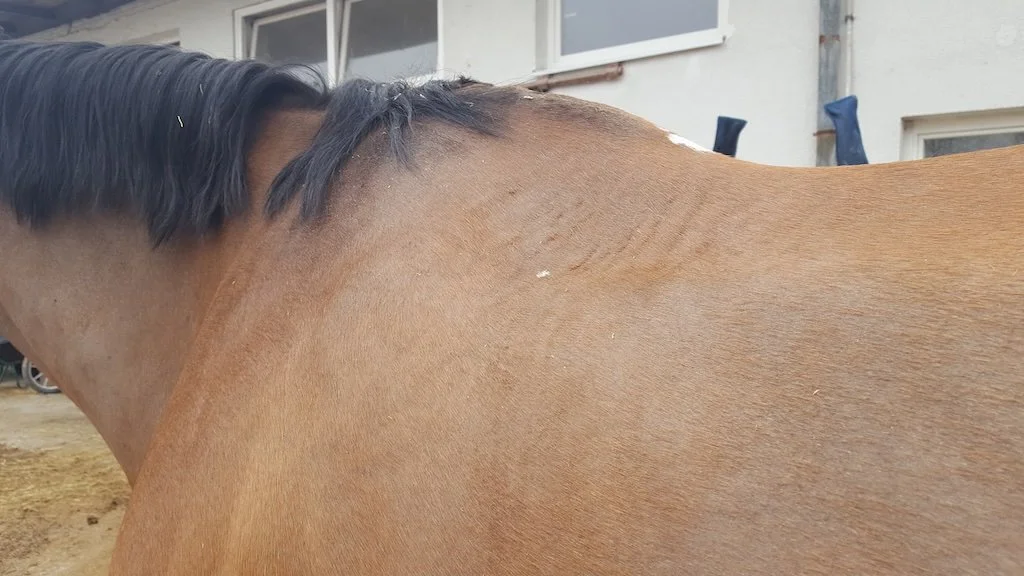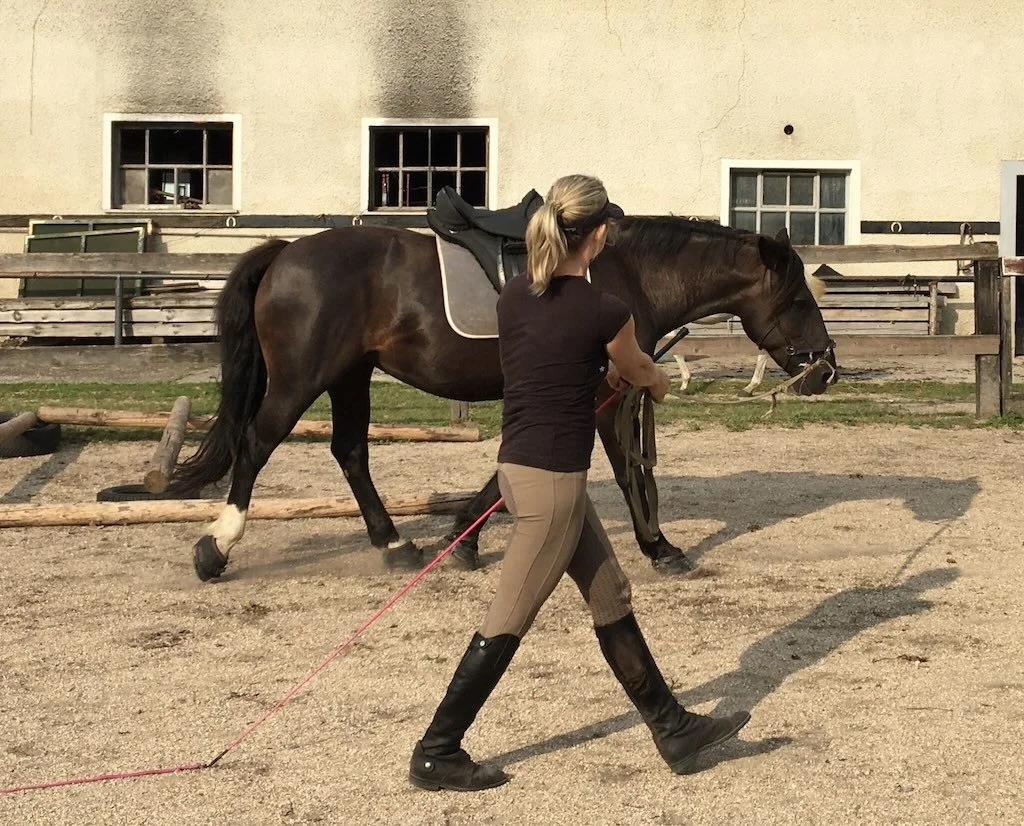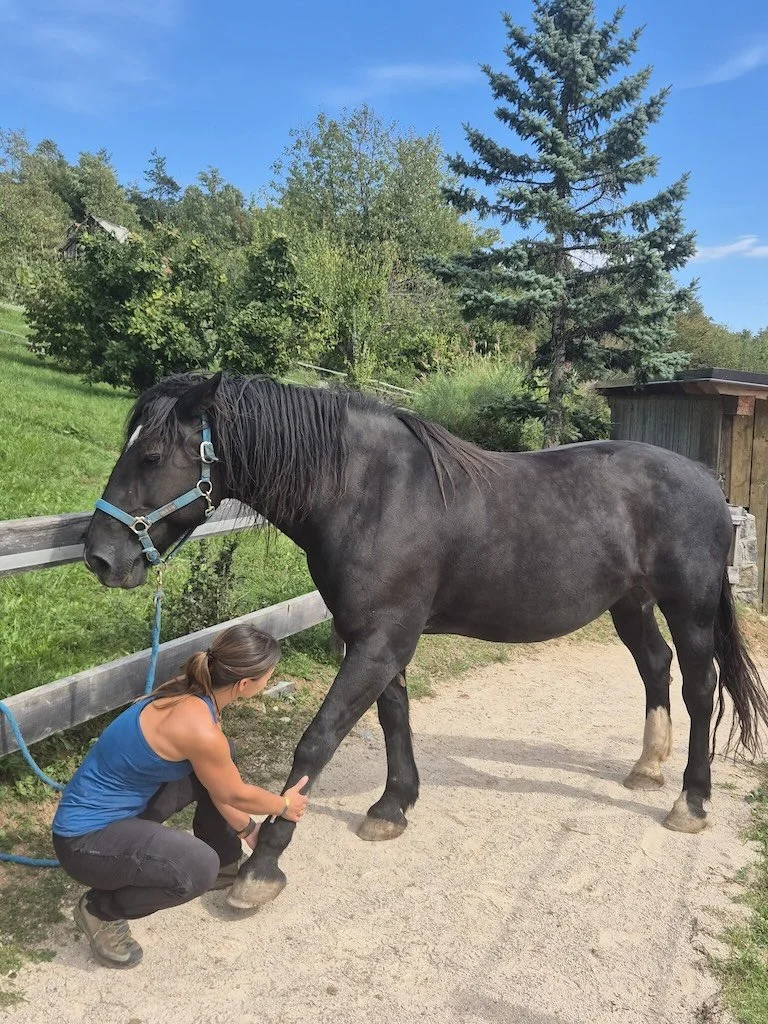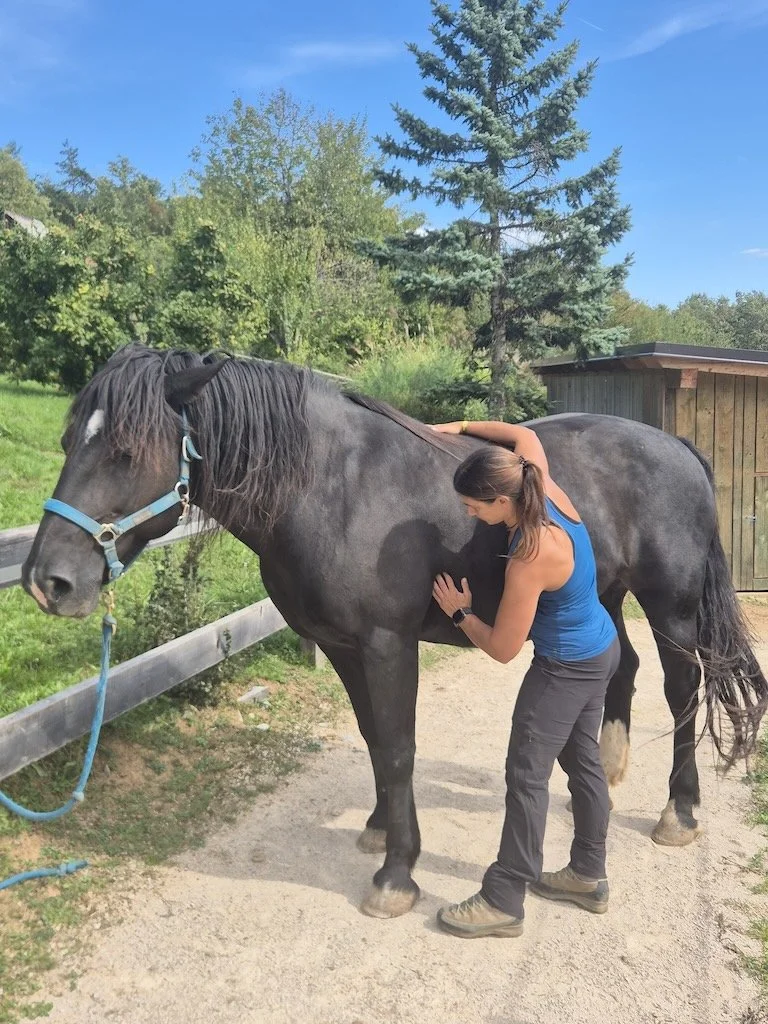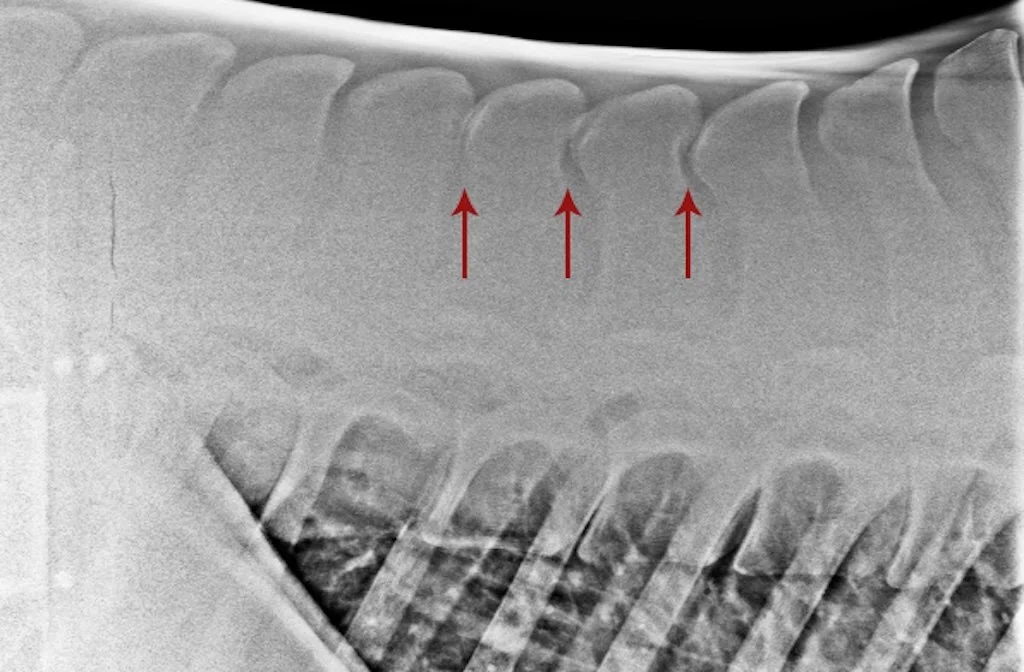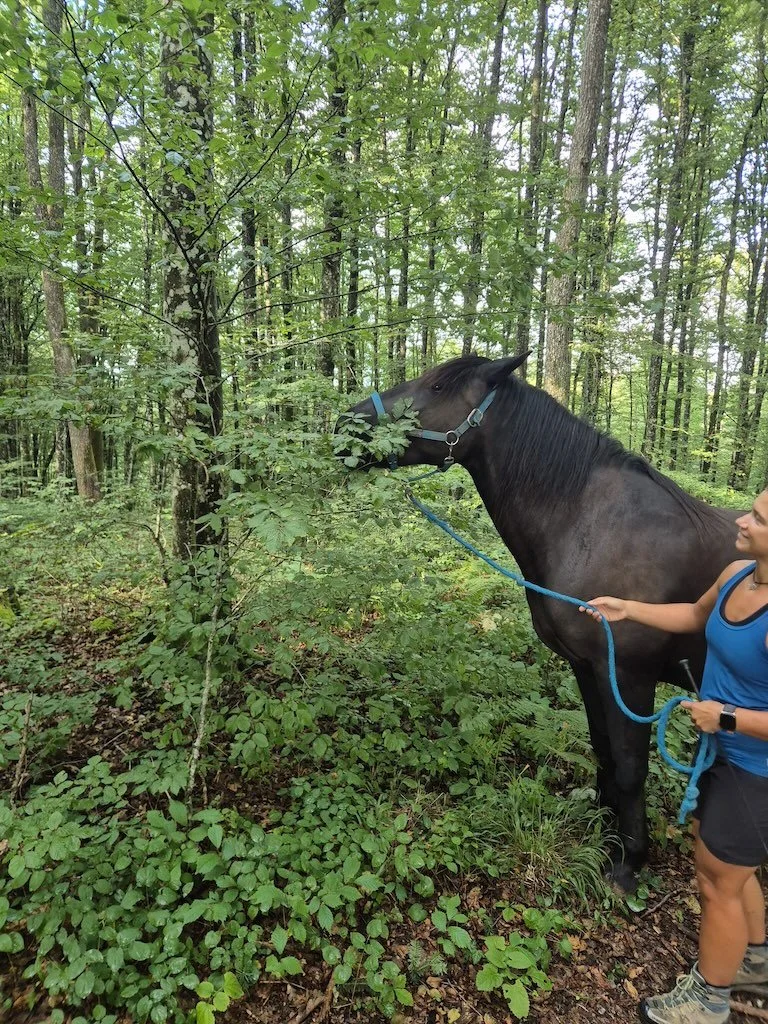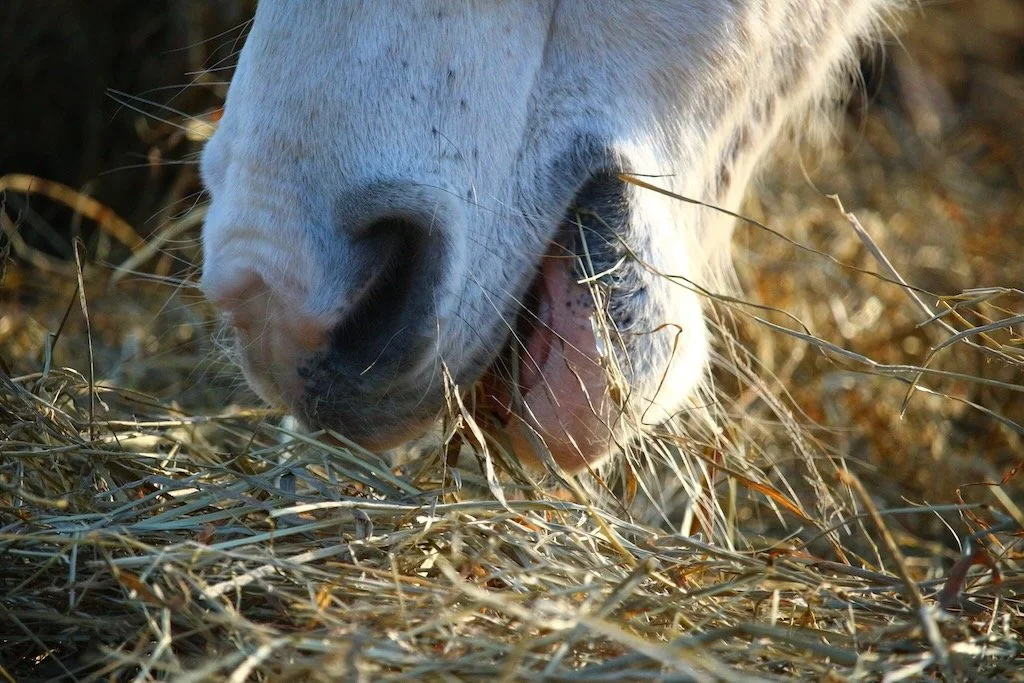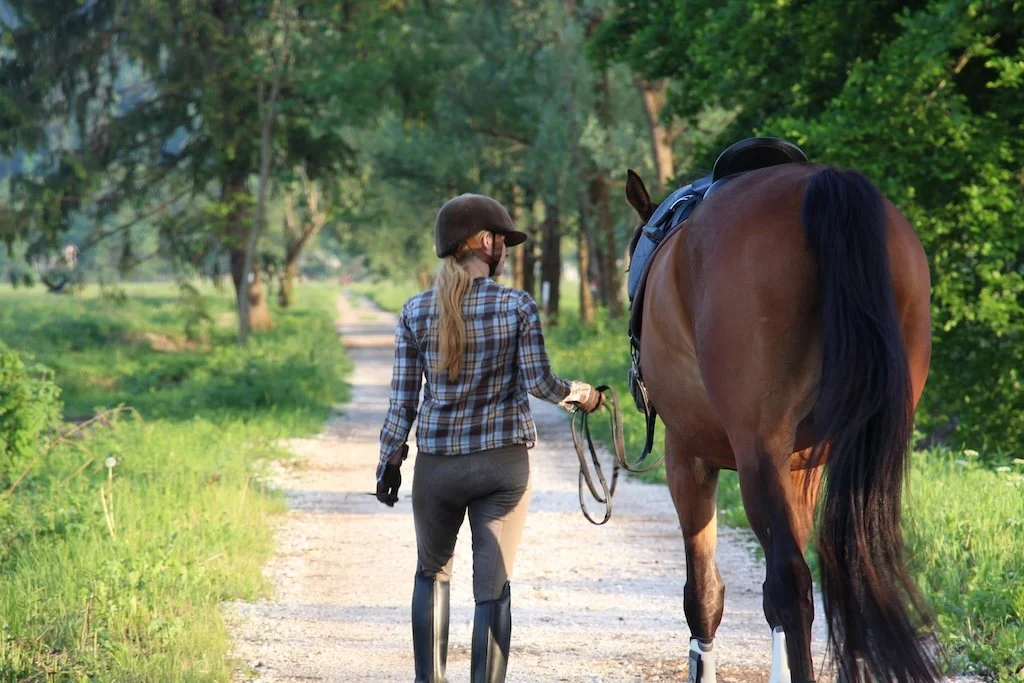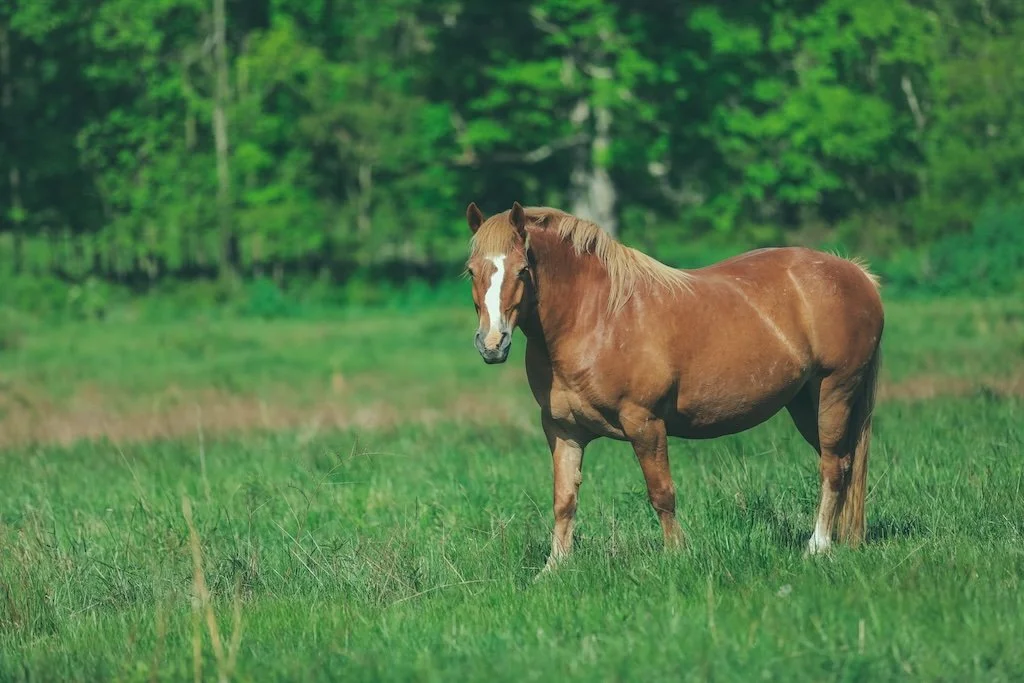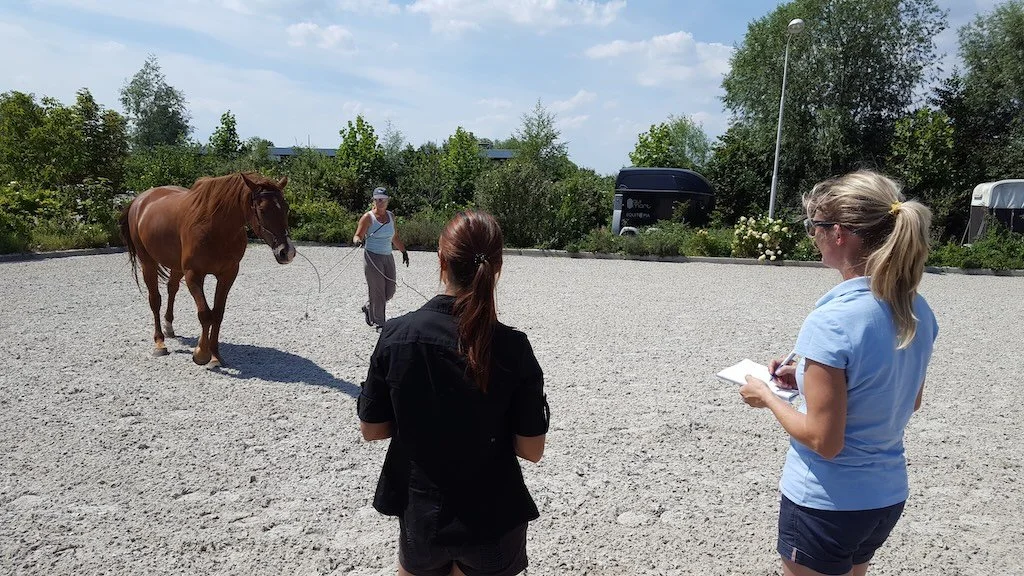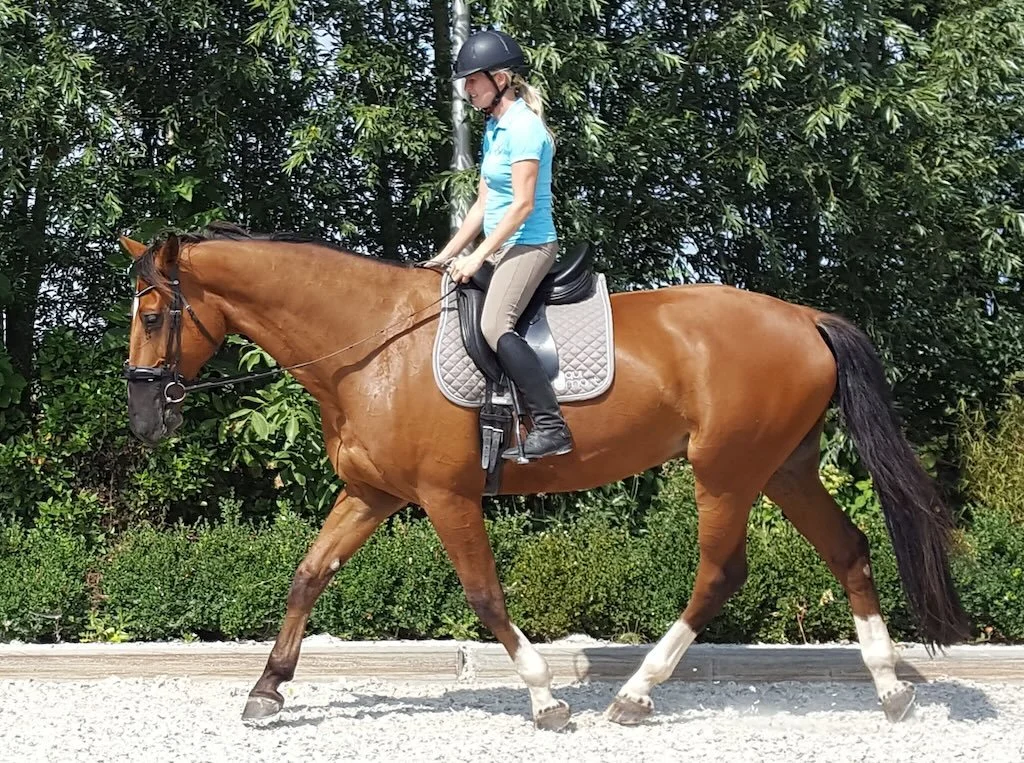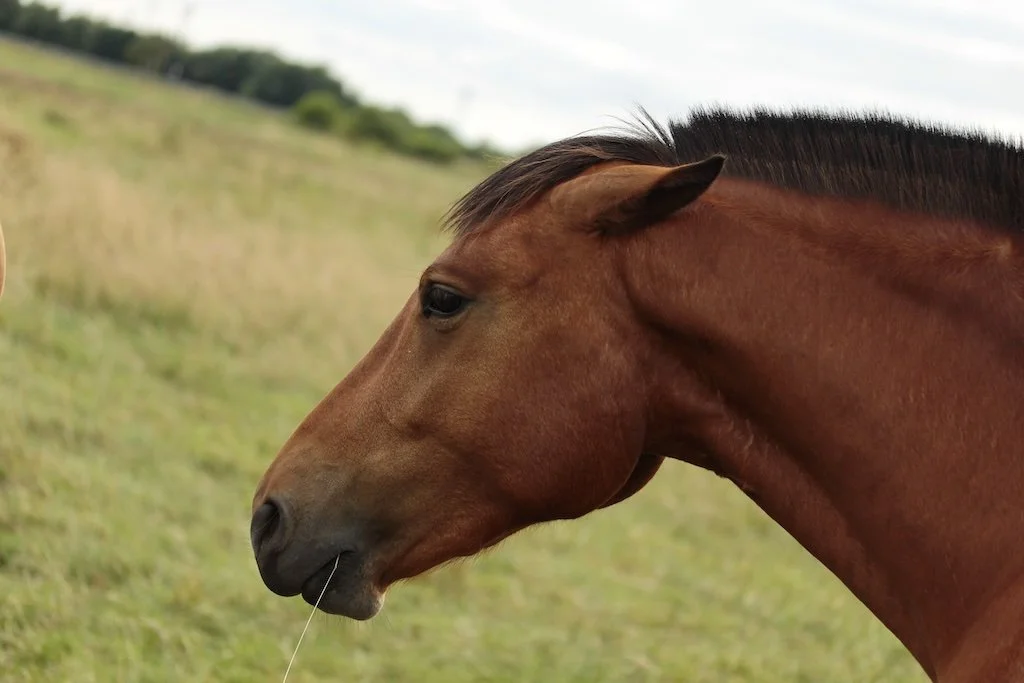Observing changes in the neck
The neck is one of the areas where changes start to show early. This is why observing the neck regularly can give us a lot of feedback on how our training is going. Here is what to look for.
Observing the changes in your horse
Noticing changes can be tricky. The changes that occur with training are subtle and if we see our horse every day it can be hard to detect them. Here is how to notice change over time.
Why cribbing collars aren't the answer
Cribbing can be a frustrating issue to deal with and just putting a cribbing collar on can seem like a good idea. But here's why cribbing collars can do more harm than good.
Making sense of subtle front limb issues
Why a horse might appear off in front is sometimes a very difficult question to answer. Here are some tips on how to go about your detective work.
The two non-negotiables every rider needs to know
The more we as riders know about our horses, the better decisions we can make. Here are the two essential topics that all riders should be educated on.
Normal does not mean ok
We often mistake the word normal for “everything is fine”. But normal does not mean non-pathological, it just means very common. Here are some examples.
Solving riddles
Here are some tips on how to approach a horse that is not lame, but randomly feels “off”.
How does your horse rest?
How the horse chooses to use his body while resting can tell us a lot about issues he might be having. Pay attention to how your horse stands when he is relaxed.
Don't be afraid of speed work (for healthy horses)
Slow, postural work should be the basis for a balanced horse, but faster gaits have their benefits too.
Elbow pain – more common than you might think
Elbow pain is very common in horses who struggle to use their front end correctly. It is a problem many riders are unaware of, so it's important to educate ourselves on signs of elbow pain.
The girth line needs your attention!
The area where the girth lies is a very important one from a biomechanics point of view. Restrictions here can have a negative effect on front limb biomechanics, which is why it’s important to address any restrictions here on a regular basis.
The transition to barefoot – from a bodyworker's point of view
Taking care of the myofascial system during the transition from shod to barefoot is crucial for long term success.
The trouble with X-rays
Findings of diagnostic imaging do not always match the symptoms. This can make rehab especially tricky.
Whatever problem you're fixing – consider diet too
Diet has a huge impact on overall health. When dealing with any kind of health issue, make sure you consider changes in diet too.
Contributors to fascial tightness
Some horses seem chronically tight, even with regular bodywork and appropriate work. In these cases, it makes sense to look at the broader picture and consider other contributors to fascial tightness.
Riding in walk only – friend or foe?
While long rides in walk might seem like a good idea, they can also have negative effects. Here’s something to keep in mind.
Autumn is coming
Seasonal changes can be hard for some horses, especially the ones suffering from metabolic issues. Here are some things to be mindful of during this time.
How to pick your equine professionals
Here are some things to be mindful of when picking an equine professional to work on your horse.
Hypermobility can be a problem in riders too
Hypermobility can cause a lot of problems in the rider as well. If you’re on the flexible side, never ignore back pain, even if it’s mild.
How to address nociplastic pain
Nociplastic pain can be tricky to resolve. We can take some notes from human therapies, but we do need to adjust them to horses. Here are a few ideas on where to start.

